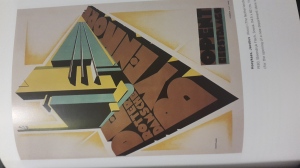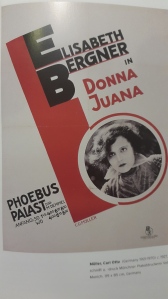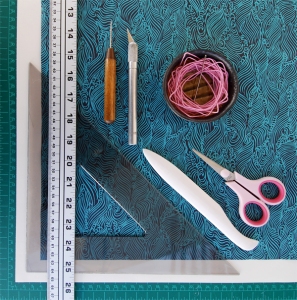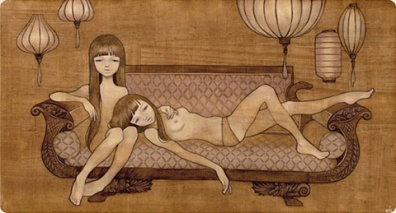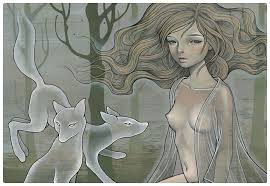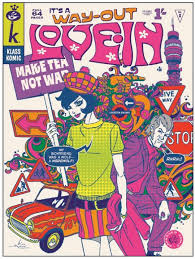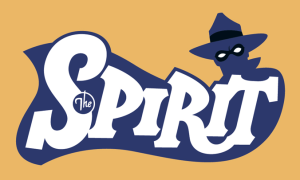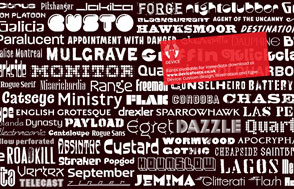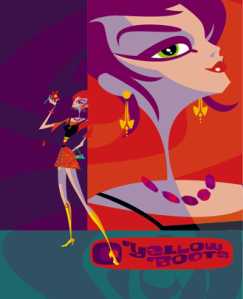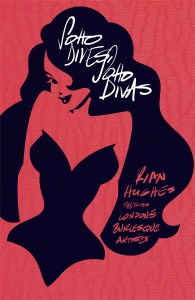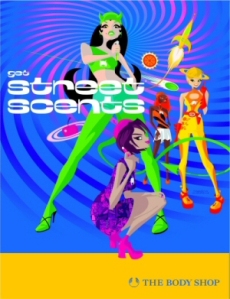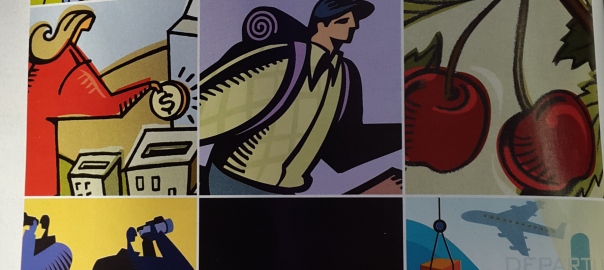‘Show Your Work’ is a book filled with a lot of useful information for creative people to show and publicise their work. The key is to search the pages as you read for the little nuggets of information is there but not always so obvious. Some of the information jumps out at you like the title of Chapter 1, “You Don’t Have to be a Genius,” which helps you to understand that creativity is best served as a process with other people. Kleon says to get the juices flowing join a Writing group, take a drawing. Do whatever it takes to be creative with other people.
The main point to the whole book is in order to get noticed an artist or writer you must be willing to go the extra mile to insure your work is the best you can produce, then seek out every opportunity to get work gets noticed. This means doing whatever it takes, starting a blog, teaching a class joining a group, shouting from the rooftop, whatever.
While the only drawback is the book is not an in depth guide to writing or the marketing your work it is a worthwhile addition to any creative types bookshelf.



